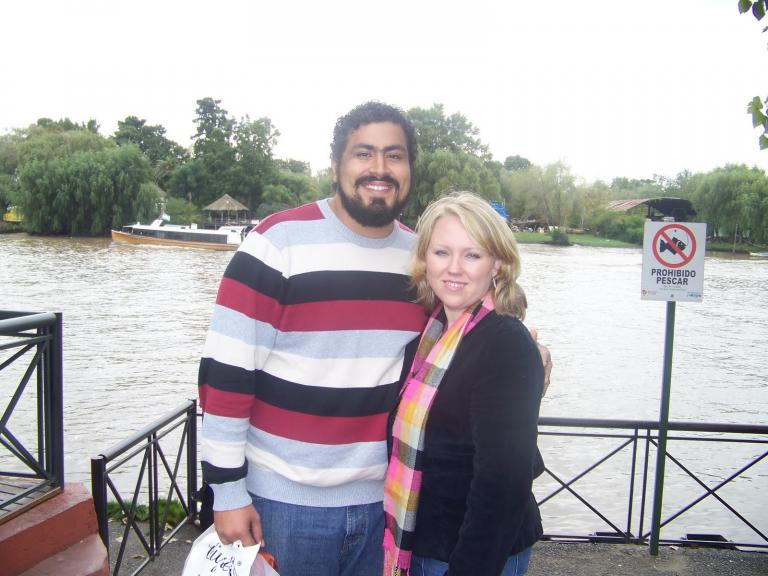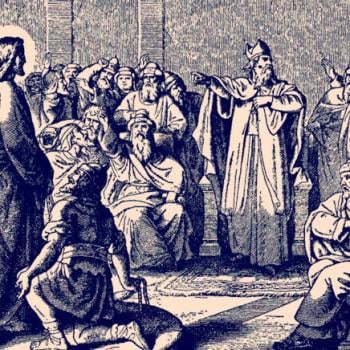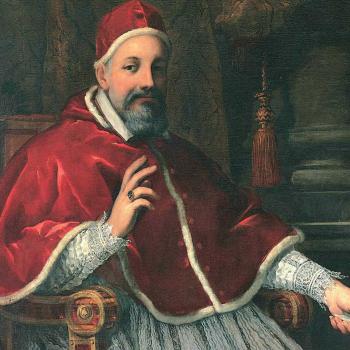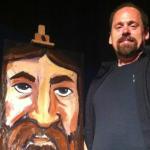When I think of Brazil, I think about the Amazon, piranhas, and the rain forests. I think about the fact that Brazilians speak Portuguese instead of Spanish. I think of Sergio Mendes and all the great music that has come out of Brazil over the years.
 |
| Neymar, Brazil’s Player of the Year |
I think of World Cup Soccer. Brazil will host the World Cup in 2014. Brazil has won the World Cup more than any other nation. Currently, there are 208 nations . . . 208 pro teams! Brazil has won 5 times and placed 5 times as well. The World Cup is only once every four years. Considering the four-year schedule and all of the teams involved, it’s safe to say that Brazil’s team is the New York Yankees of soccer.[1]
When I think of Christianity in Brazil, I think of Catholicism. Brazil has been predominately Catholic since it was settled. However, Brazil has been right in the middle of a Catholic renewal among Latin nations.[2] In fact, Brazilian Catholics may have experienced a Charismatic revival as early as the 1890s. Antonio Conselheiro led a widespread revival with fiery preaching.[3]
Since the Pentecostal Renewal in the early 20thCentury, there has been a radical shift. Brazil is approximately 74% Catholic and 15% Protestant or Pentecostal. By 2050, projections are that there will be 150 million Catholics and 30-40 million Protestants. However, Protestants are growing so rapidly that it is possible Brazil will be ½ Protestant by then. Philip Jenkins, the researcher who compiled these statistics states: “That Brazil will be a key center of world Christianity is beyond doubt, but the precise contours of its religious life are unknowable.”[4]
Because of the renewal in Brazil, its society is changing. Catholics have generally been upper class, white Brazilians. Protestants have typically been middle class. Pentecostals have reached out to the poor. “The [Pentecostal] churches provide a social network that would otherwise be lacking and help teach members the skills they need to survive in a rapidly developing society.”[5] Modern Pentecostals in Brazil form a sharing community like the Early Church.
Pentecostals lead the way in Brazil. Over the last few years, Pentecostalism has been growing while Catholicism is shrinking. In the Sao Paulo metropolis alone, there are more Pentecostals than in the entire U.S.A. In Rio de Janeiro, there are 40 Pentecostal Churches opening every week.[6]
The Mission Field is now launching missionaries. The Anglican primate, the overseer of Brazil, exclaims, “London is today’s field of mission. It’s so secular we have to send people for their salvation.”[7] Ironically, the seat of the Anglican Church is London, yet the mission field is sending missionaries to the Mother Church. This is now a common story.
 |
| Aldair and Hillary Queiroz |
One such story is Aldair Queiroz, a Brazilian citizen, who married Hillary from Missouri. Now they serve as missionaries for the Pentecostal Church of God in Brazil. They are ministering and itinerating in the U.S.A. right now. With their ministry in both countries, and their background in both, which field is their foreign field? Through their efforts and their predecessors, the P.C.G. has a thriving mission field in Brazil. God has even empowered them for service miraculously. Hillary has an amazing story of how God literally enabled her to understand and speak Portuguese instantaneously. Aldair and Hillary are on the frontlines of the Pentecostal renewal in Brazil. When I think of Pentecostal expansion in Brazil, I think of the words of Jesus Christ:
Luke 13.29: People will come from the east and west and north and south, and will take their places at the feast in the kingdom of God. 30: Indeed there are those who are last who will be first, and first who will be last. (NIV)
Luke 13.29: People will come from the east and west and north and south, and will take their places at the feast in the kingdom of God. 30: Indeed there are those who are last who will be first, and first who will be last. (NIV)















